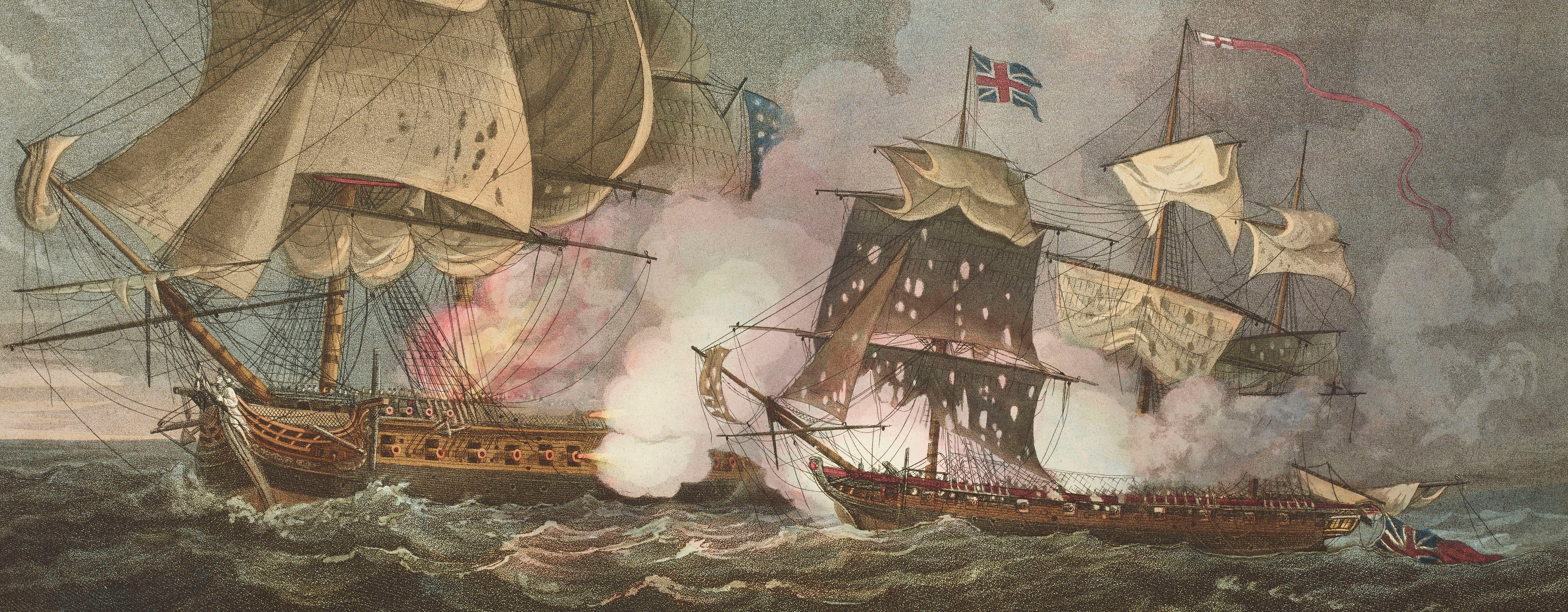
Other 18th-/19th-century conflicts
Maps, views and documents from 19 wars
Plan of Chelumbrum, 1760 (Sabhanayaka Temple, Chidabaram, Tamil Nādu, India) 11°23'58"N 79°41'35"E
1760 or laterPencil, pen, black and red ink and watercolour on paper | Scale: 1:2,344 approx. | RCIN 733007
A plan of the fort of Chelumbrum, taken by the British, commanded by Major George Monson (later Major-General [India only] and Colonel and ADC to George III; 1730-76) on 19 April 1760. Seven Years War (1756-63): Third Carnatic War (1757-63). Oriented with north to top?
Although the George III catalogue entry refers to the place-name as ‘Chelimbaram’, the spelling in the title is closer to the ‘Chelumbrum’ which is found on Faden's Southern Countries of India published in 1788 (RCIN 734073). This latter form is commonly found in eighteenth and early nineteenth-century books on the area, in reference to the ‘Chelumbrum pagodas’, by which the temple was formerly known. Today the temple is generally known as Shri Sabhanayaka or Shiva Nataraja temple.
The attribution to Pleydell is made on stylistic grounds. This is one of fourteen manuscript plans in the collection by Pleydell of fortifications and/or actions during the Third Carnatic War (1757-63), which was part of the Seven Years War. They were all placed, in Cumberland's original collection, in Volume IV/70/1-14. Their current RCIN numbers are 732125, 732126, 733001-6, 733008, 733016.a, 733020, 733027, 733028. It is not known when they were drawn but it must have been sometime before Cumberland's death in 1765. The source material for this set of plans is unknown. There is no evidence to suggest that Pleydell ever went to India and, in 1760, he was serving in Germany.
John Cleeve Pleydell (1736-1816) (draughtsman)
Subject(s)
Army-GBArmy-FranceWatermark: Fleur-de-lys in crowned shield, a ‘4’ suspending the letters L V G below; countermark: IV
Mark, stamped: 903
Condition: one vertical crease, off centre. Verso: induced discolouration
Scale: 1:2,344 approx. Scale bar: [78 mm =] 200 Yards.
25.0 x 27.2 cm (neatline)
25.0 x 39.9 cm (image)
30.8 x 43.0 cm (sheet)
Manuscript title:
Fort of Chellumbrum, Surrender’d Apr:l 19.th 1760. [bottom centre, below border]
Additional text:
[left, down left side of map in rectangular panel, a key, A, B and a description of the place and a short account of the events leading to the surrender of the French to the English army.]
Annotations:
George III heading: Chelimbaram 19 April 1760.
Other annotations: (Recto) [bottom right, ink:] IV/70/N:o 9. (Verso) [top left, black pencil:] XVI/32-i; [along right edge, black pencil, place-names?:] Arcott [rest illegible].
George III catalogue entry:
Chelimbaram A drawn Plan of the Fort of Chelimbaram, taken by the English under the command of Major Monson on the 19.th of April 1760.
Subject(s)
Sabhanayaka Temple, Chidabaram, Tamil Nādu, India (11°23'58"N 79°41'35"E)
Bibliographic reference(s)
T.H. Bowyer, ‘Monson, George (1730–1776)’, Oxford Dictionary of National Biography, 2004; online edn, May 2006
Page revisions
3 November 2024
Current version






